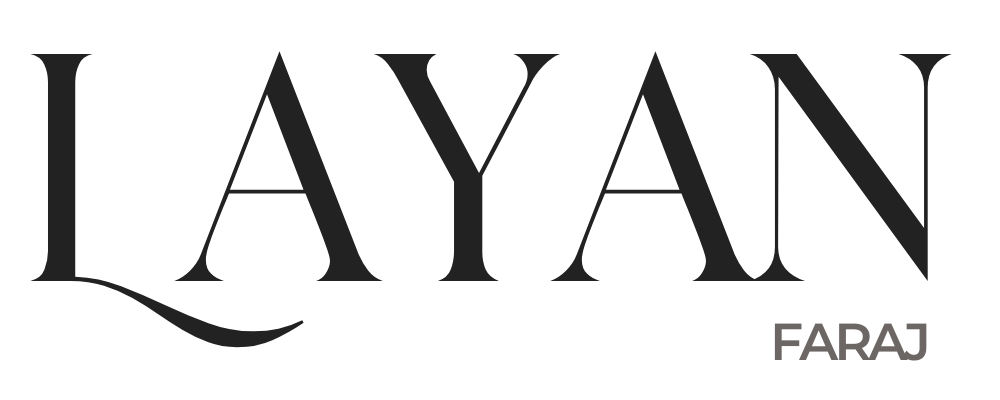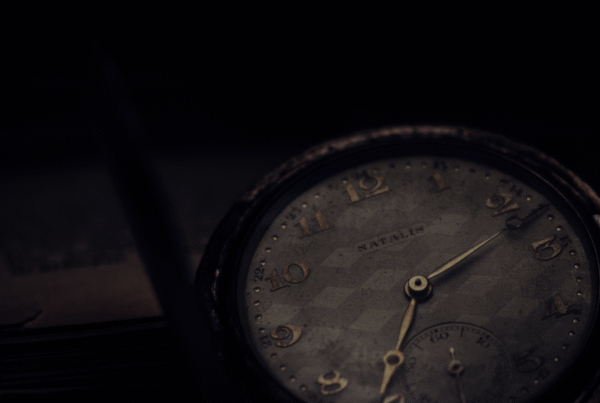The TV remote is one of the best teachers of usability. It’s small, it’s ordinary, and it’s everywhere. Yet in its design, we see two very different schools of thought: simplicity versus functionality. One remote offers minimal buttons and clarity; the other offers every option at your fingertips. And in that contrast lies the essence of UX — understanding what people truly need.
The Minimalist Remote: Focus on Simplicity
The first remote reflects a modern design philosophy built on clarity and restraint: remove what’s unnecessary so the essentials shine. It includes only a handful of buttons — power, navigation, volume, home, and back. At a glance, it’s obvious how to use it. Even someone picking it up for the first time can quickly get started without hesitation or instruction.
This approach has clear strengths.
- Reduces cognitive load: With fewer choices, users spend less time scanning and second-guessing.
- Creates visual appeal: A clean, uncluttered surface often feels sleek, modern, and even “premium.”
- Matches evolving habits: Many households now use TVs mainly for streaming services, where navigating menus and adjusting volume are the most frequent actions.
–
In essence, the minimalist design narrows the experience to what matters most for the majority of users. It minimizes friction and maximizes intuitiveness — two hallmarks of good usability.
But simplicity isn’t universally beneficial. It introduces trade-offs. Viewers who still rely on traditional broadcast TV may find the absence of a numeric keypad frustrating, since flipping directly to channel 45 takes longer without dedicated numbers. Similarly, power users who value quick access to recording or settings may feel restricted, forced to dig through on-screen menus for tasks that once required a single press.
This illustrates an important design truth: simplicity is not the same as universality. A streamlined remote works brilliantly in a streaming-first context, but can alienate users whose habits demand more granular control.
The Traditional Remote: Functionality Above All
The second remote takes the opposite path, embracing abundance over restraint. It comes packed with buttons: numbers for direct channel input, dedicated keys for apps and menus, recording functions, and even color-coded shortcuts for specific services. For many households — especially those still anchored in cable or satellite TV — this design feels both familiar and empowering. Everything a viewer might want to do is just one button press away.
This approach has clear strengths:
- Direct access: Users can jump to a specific channel or feature instantly, without scrolling through multiple menus.
- Control for power users: Those who like to fine-tune, record, or customize their viewing get dedicated buttons for each task.
- Familiarity and comfort: For decades, remotes followed this format. Many users, particularly older ones, can operate them instinctively without relearning new layouts.
–
But this wealth of options comes with trade-offs. The crowded layout can overwhelm new or occasional users, leading to hesitation or mistakes. Buttons often look alike, making it easy to press the wrong one. The overall aesthetic feels cluttered, and compared to today’s minimalist designs, it can seem outdated.
In other words, the traditional remote maximizes functionality but risks sacrificing clarity. It caters well to users who value control and variety, but it can slow down or discourage those who simply want an effortless, straightforward experience.
Design is About Context
So, which remote is better? The honest answer is: neither — and both. Good design is never absolute; it’s always relative to the context in which it’s used.
For a household that streams most of its content, the minimalist remote feels like a natural fit. It strips away the clutter and prioritizes the handful of functions people actually use, delivering a smooth and intuitive experience.
On the other hand, for families that still rely heavily on live TV or prefer direct access to channels and features, the traditional remote offers something equally valuable: speed, familiarity, and control.
Design isn’t about elegance for its own sake, nor about cramming in every possible feature. It’s about alignment — making sure the product supports the real behaviors, expectations, and priorities of its users. A design that delights one group can frustrate another, and the difference often comes down to whether the designer truly understood the audience.
In short: context turns design decisions into successes or failures.
What Designers Can Take Away
Comparing these two remotes reveals more than a clash of styles. It highlights principles that apply to every product, whether physical or digital:
- Simplicity reduces friction: Every extra button, feature, or step adds the potential for hesitation and error. Stripping away the nonessential helps users feel confident.
- Know your audience: A design that works brilliantly for one group can frustrate another. User research is not optional — it’s the foundation of effective design.
- Balance form and function: Minimalism looks beautiful, but beauty alone cannot justify removing functions people still rely on. The best products harmonize the two.
- Test, learn, and adapt: No design is perfect the first time. Observing how real people interact with a product — and adjusting accordingly — is what transforms good ideas into great experiences.







